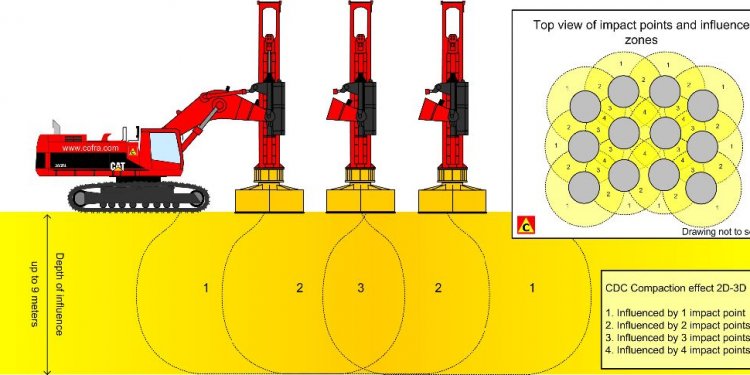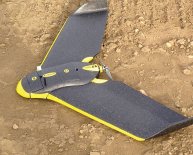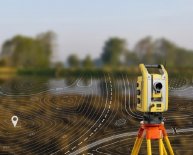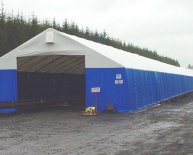
Compaction Equipment and techniques
Backfilling is the process of putting soil back inside a trench or in a foundation when the excavation has been completed. The backfill process requires skills and knowledge on the specifications, contract requirements and understanding soil conditions. Backfilling is used in tasks such as protecting foundations, landscaping, or filling in voids in underground structures. Every soil has unique characteristics requiring different construction techniques to ensure optimum performance.
Impact loading of the pipeline, shafts, structures, and appurtenances must be avoided during the placement of backfill. Backfilling can be done using the following techniques.
How to Compact Backfill in Trenches
This material is then compacted using some mechanical means such as a compactor on an excavator or a "jumping jack"-type compactor. Compact soils to not less than the percentages of maximum dry density as determined in accordance with ASTM D698, Method A (Standard Proctor). The soil lift will depend upon the nature of the backfill, and the compaction equipment to be used. Water may be added during the compaction process, to assist with compaction. The following steps are recommended:
- Backfill in layers of 4"-6" (non-organic fill and clean of debris)
- Compact with a 1000lb compactor
- Water thoroughly
- Repeat first three steps
How to Backfill Using Water Jetting
Backfilling with jet allows the contractor to leave the trench and come back later forcing pressurized water into the trench using a long metal device. Water jetting should be avoided on plastic soils or heavy clay soils, however, it is recommended in sand or in highly fissured bedrock. In jetting, you pump the water under pressure and use the force of the jetted water to move the bedding or backfill material around.
As with any backfilling, material should be placed slowly and in lifts. Flooding or 'jetting' backfill generally produces poor to very poor compaction. It is necessary to take preventive measures to contain water containing sediment, and in particular, prevent it entering drains and water courses, all in accordance with EPA Guidelines. If the water cannot drain from the backfill soils, the material will be setup for future collapse.
Flowable Fill Used to Backfill
Backfill can also be done using flowable fill, a cementitious material with a low water/cement ratio, delivered to the job site by a ready mix truck. The material is then placed as backfill directly from the truck, just like regular concrete. Backfilling with flowable fill should be done carefully, making sure that the utility pipe is covered first with an aggregate material. Allowing flowable fill to engulf the pipe can create problems for those needing to hand dig around the pipe in the future. The other challenge when using flowable fill is that the material does flow so the contractor must block or prevent the backfill material to flow continuously to other trench areas.
How to Properly Backfill Utility Trenches
Follow these steps when backfilling utility trenches:
- Backfill trenches and excavations immediately after the pipe are laid, unless other protection is directed or indicated.
- Select and deposit backfill materials with special reference to the future safety of the pipes.
- In the lower portion of the trench, deposit approved backfill and bedding material in layers of 6" maximum thickness, and compact with suitable tampers to the density of the adjacent soil until there is a cover of not less than 12" using special care not to damage pipe and pipe coatings.
- Except for special materials for pavements, backfill the remainder of the trench with material free from stones larger than 6" or ½ the layered thickness, whichever is smaller, in any dimension.
- Under roads, streets, and other paved areas:
- Mechanically tamp in 6" layers using heavy duty pneumatic tampers or equal.
- Tamp each layer to a density equivalent of not less than 100% of an ASTM D698 Proctor Curve.

















